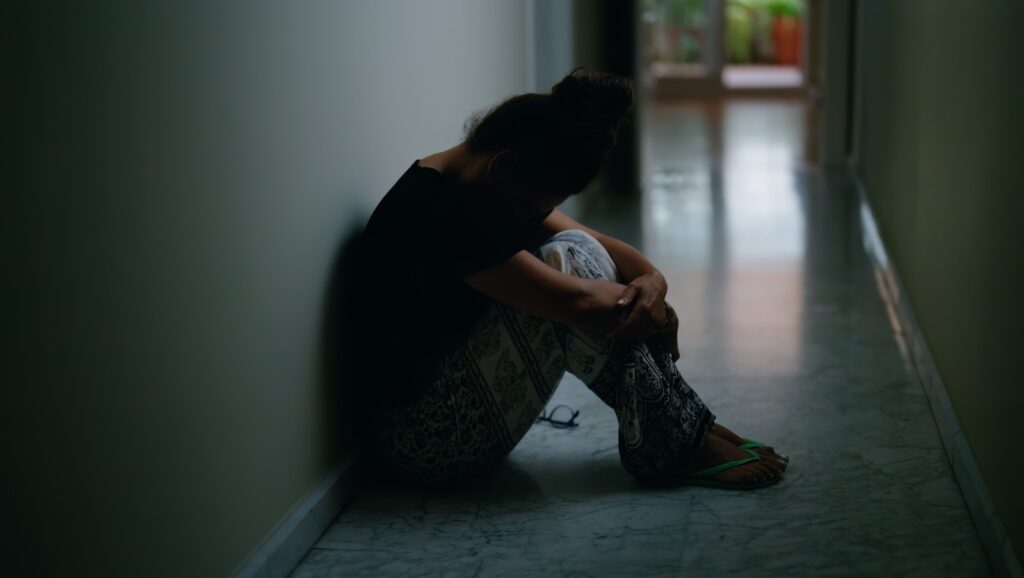Introduction.
The influence of Domestic violence on Children’s Behaviors and Development.
Definition of Terms.
Domestic violence: can be defined as violence or fighting (verbal and non verbal) that takes place in domestic settings such as marriages, cohabitation or intimate relationships.
Child development: involves the biological (physical development), psychological, Language development (learning to communicate and speech) and emotional (mental development) changes that occur in human beings from birth to the end of adolescence.
Behavior: is the way in which a person behaves in response to a particular situation or stimulus.
Social and emotional development: is a process in which children get to understand themselves, their feelings, and learn how to interact with others. It also helps children to form positive relationships and manage their emotions
Perspective
When talking about domestic violence, Custom, Religion and beliefs have there on place in the its management. However, generally speaking, there is a knowledge gap on how domestic violence is interpreted when it happens in families where there are children and how the children are affected in such households. this article will highlight the extent of its effects on children. Very often, when domestic violence happens, the focus is on the adults involved and not the children. Children living with domestic and family violence usually encounter distressing experiences. The effects of this situation can be traumatizing and long-lasting. They can build up over time and impact negatively on every aspect of children’s lives, including their health, development and general wellbeing.
Factors that Affect Children Development
- Biological makeup: A child’s innate biological makeup
- External influences: Family, society, culture, health, economics, and education
- Nutrition: A child’s nutrition directly affects their growth and development
- Parenting style: A child’s parenting style directly affects their growth and development.
How Domestic Violence Affect Children
When children experience domestic and family violence, it can lead to the deficit in the following aspects:
Behaviors – they start acting out, overreact, become hostile, impulsive, aggressive and defiant. They can also start withdrawing or run away from home. This may all be normal for children who have been traumatized when they experience family or domestic violence. It does not really mean the children have ‘disorders’. Older children may take to drugs and alcohol.
Development – normal development can be impaired. It may look like they are regressing or acting younger than their actual age. This is a subconscious way of trying to get to a state where they are safe and secure. It may also be a result of possible harm to the brain’s development caused by constant exposure to trauma.
Relationships – they may start avoiding closeness and push people away. Children may also attach to peers or adults, a situation which may be unsafe for them, to try to develop an alternative secure base, if and when the home feels insecure.
Emotions – children often feel fearful, Timid, stressed, depressed, angry, anxious or even ashamed. Emotional security is the sure foundation of healthy relationships later in life. This main security can be damaged if attachment between the parent, guardian or primary care and baby is disrupted by domestic violence.
Learning – they may not be able to concentrate at school because they are constantly on the lookout for danger. This can be subconscious. Detentions, missed school and frequent changes of schools can also affect learning.
Cognitions – children may develop low self-esteem, and start thinking negatively about themselves or people around them.
Physical health– a range of illnesses may be as a result of domestic and family violence. Headaches, stomach aches, stress reactions (for example rashes and immune system related illnesses) and sleep disorders / disturbances (for example nightmares, insomnia or bedwetting) are very common.
Conclusion
Prevention is better than cure, hence everything possible must be done to protect children from the effect of domestic violence between adults or adults to children. The law should provide a safety net for such occurrences. It is possible that children who are exposed to domestic or family violence may likely believe that is a culture on its own. Safe Guarding should be put at the front burner. Religious organizations and Schools can also play a major role at ensuring the children are protected at all costs.









